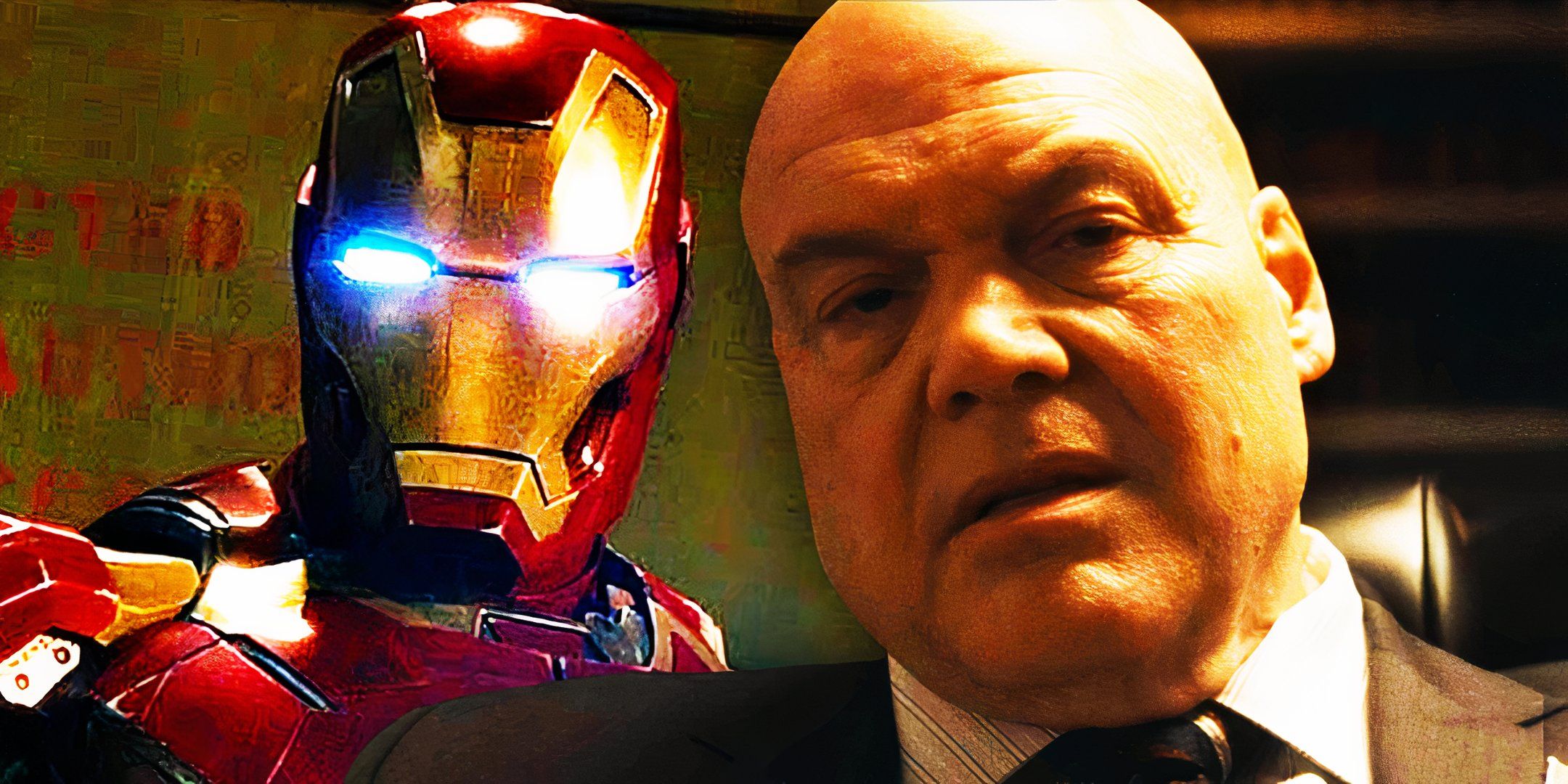Gotham City's Iconic Villains Can Never Be TRUE Heroes (Redemption Is a Total Myth)
Summary Redemption in Gotham is a myth for Batman's villains - their attempts to be good are always short-lived.
Man-Bat's hero run ended in bitter disappointment, leading him back to villainy.
Even Poison Ivy, Harley Quinn, and Two-Face struggle to stay on the hero's path due to intrinsic evil traits.
Warning: Spoilers for Batman and Robin #9!The idea of redemption in the city of Gotham is a myth, as Batman's villains are proving why they can never stay good forever. The redemption arc of supervillains turning over a new leaf is a common trope in storytelling and is often exercised through Batman's rogues' gallery. Yet, most of the time, being good is never a permanent change.
A monologue from Man-Bat in Batman and Robin #9 by Joshua Williamson, Simone Di Meo, and Nikola Čižmešija reveals just how impossible it is for redemption to stick, especially for Gotham villains. Man-Bat himself was redeemed as a villain years ago, even going as far as to join the Justice League, but obviously, that didn't last long.
Man-Bat isn't the only Gothamite who can't stick to the straight and narrow. Further analyzing both him and other villainous residents of Gotham who failed to be heroes will highlight exactly how and why the baddies aren't cut out for heroism.
Man-Bat's Monologue to Batman
And Why His Hero Run Was Short-Lived
Close
In more recent years, long after his 1970 debut as an evildoer, DC Comics have explored Dr. Kirk Langstrom's attempt to morph his Man-Bat persona into a hero. Most successfully and prolifically, he actually finds a way to merge his two personalities together. Using the body of Man-Bat and the psyche of Kirk, he finds his redemption as a member of Justice League Dark alongside Wonder Woman. However, his time and life come to an end in the midst of a heroic sacrifice that finally helps him earn Batman's respect.
What follows is a resurrection that places Man-Bat on a zombified team of villains, which is a gripe that Kirk recalls in Batman and Robin #9. In full control of his mind, this version of Man-Bat is bitter and jaded that his hero's run came with no reward. He's disappointed and not happy at all with how it turned out. He's willingly turned back to villainy because, in his mind (and some will agree), it makes perfect sense for him to embrace his evolution through villainy rather than a hero's journey that didn't pay off.
Not Even Poison Ivy and Harley Quinn Can Stay Good for Good
Not 100% At Least
Close
On top of being DC's biggest It Couple, Poison Ivy and Harley Quinn are the closest there are to the exception to the rule that villains can never be redeemed. Granted, that doesn't come without some bumps in the road for both. As much as Harley Quinn has solidified herself as a hero, she does slip up and fall into old habits, like in DC Spring Breakout #1. In the story "Field Trip" by Joey Esposito, Vasco Georgiev, and Jame, she breaks her friend King Shark out of prison for his birthday. Breaking villains out isn't something a hero should be doing, and the Justice League rightfully judge her for it.
Even when a hero's heart is in the right place, committing acts of villainy to get the job done isn't the heroic way to go about it. Poison Ivy has fallen into this habit as well. In her self-titled series, she embraces her villainy by releasing a wild strain of poisonous plant to destroy the human race for the damage it's done to plant life. Although she eventually comes to her senses and flips back to being a hero, it's too late, and the damage is done.
Two-Face's Return to Good Was Even More Short-Lived
Already Back to Menacing Gotham
Close
Redemption is something that the Two-Face character has dabbled in on occasion, usually in small bursts before he eventually succumbs to his darker half once again. There was once a time when it seemed like DC was ready to permanently redeem Two-Face. Starting with a new look a couple of years ago, Harvey Dent was ready to put his criminal life behind him. His reformed state of mind is emphasized during the 2022 miniseries GCPD: The Blue Wall by John Ridley and Stefano Raffaele. Despite being placed on heavy surveillance, Harvey refuses to go back to his old ways. However, he still knows those ways will inevitably return.
Related Two-Face is Ready To Be Redeemed, And DC Needs To Make It Happen Two-Face has flip-flopped between potential hero and irredeemable villain time and time again, but his latest lease on life needs to stick.
In Detective Comics #1063 by Ram V and Rafael Albuquerque, Harvey shows off a new look in the form of a mask that covers the burnt part of his face. Not only is he trying to hide his dark face, he's using the mask to symbolically suppress his dark desires. However, the end of the comic issue shows the mask falling off his face in a way that's symbolic that he may never suppress those desires, and becoming a criminal again will always be inevitable. This isn't just something that the story knows, but based on GCPD: The Blue Wall, Dent knows this as well.
In the miniseries' third issue, while being trailed by Commissioner Renee Montoya, Harvey Dent acknowledges that despite having no desire to commit crime, eventually, he's likely to "perpetuate something," as any "monster" like him is destined to. As predicted, in current continuity, Two-Face is a villain again because he thinks it's in his nature. No matter how hard he tries, he'll always be a monster in his eyes. His choice to go bad again is practically a self-fulfilling prophecy that he's going out of his way to achieve, or worse, he gives up before he has a chance to truly start anew.
Understanding Why Gotham Villains Are Intrinsically Evil
They Can't Help Themselves
While it can be argued that villains returning to their status quo is always bound to happen from a creative writing standpoint, contextually, Batman's villains are just destined to go bad, based on evil expectations thrust onto them by themselves or others.
In looking at their various arcs, it suddenly becomes clear as to why so many of Batman's enemies fail at redeeming themselves. When readers compare and contrast why each of these villains struggles to achieve redemption, it becomes painfully clear that they all share the same intrinsic traits in their nature that are holding them back. Both Man-Bat and Poison Ivy live in a Gotham City that has shown them the worst that society has to offer - be it through direct harm to themselves or direct harm to plant life - and they fail to see the upside of humanity as a result of their own suffering.
Coincidentally, villains like Harley Quinn and Poison Ivy have good intentions, but the ways they go about achieving their goals are questionable. Then, there are villains like Two-Face. While not mentioned, the Penguin's story in his ongoing title mirrors Two-Face's. The Penguin tries to live a reformed civilian life, until he's forced back into the criminal life. While it can be argued that villains returning to their status quo is always bound to happen from a creative writing standpoint, contextually, Batman's villains are just destined to go bad, based on evil expectations thrust onto them by themselves or others.
Batman and Robin #9 is on sale now from DC Comics.











COMMENTS